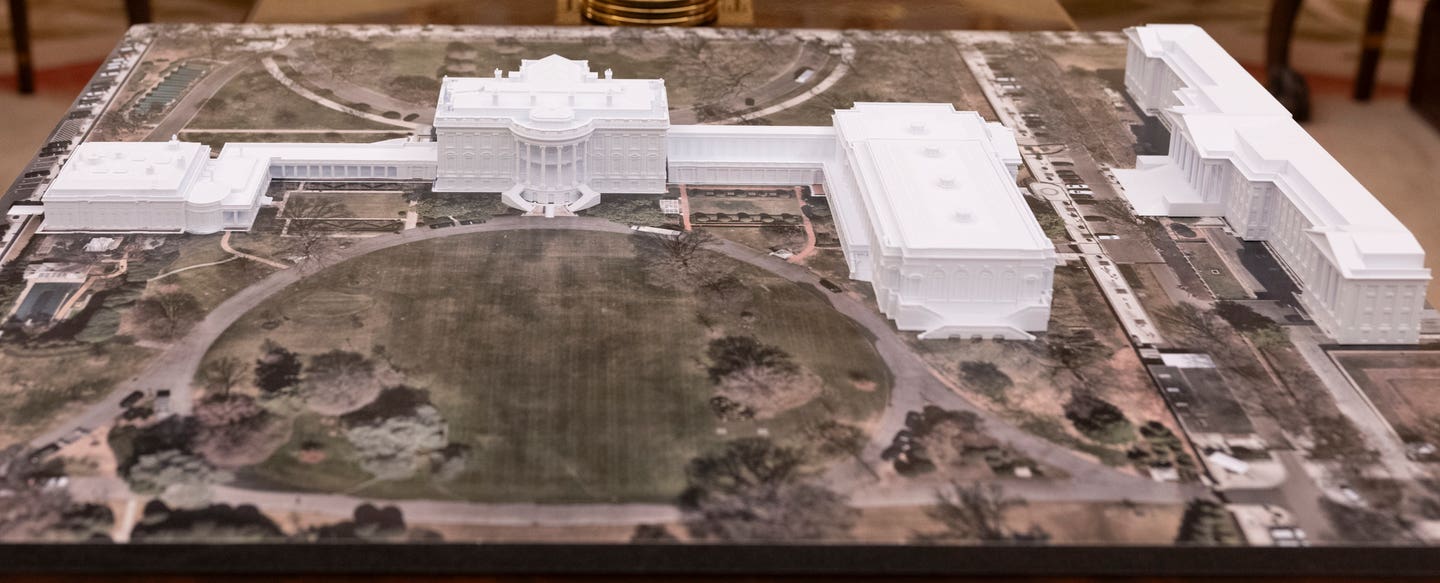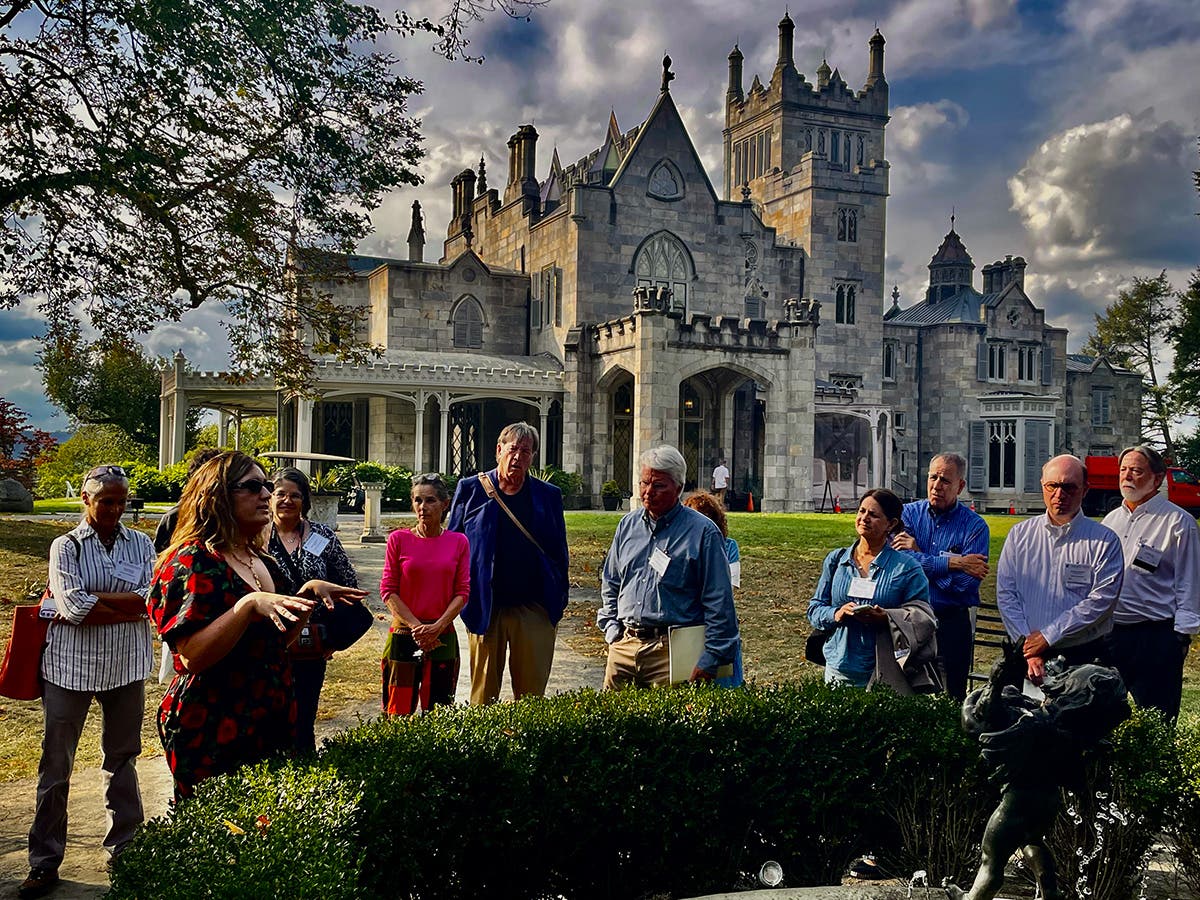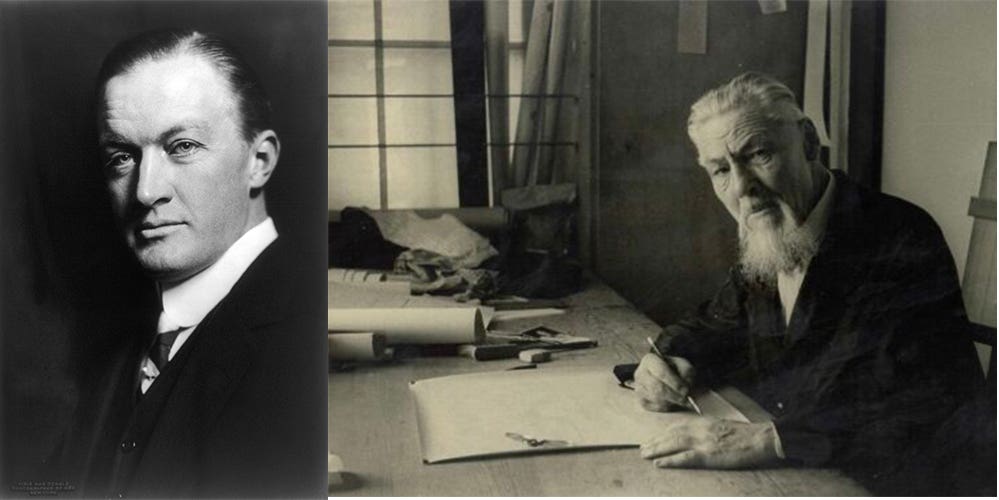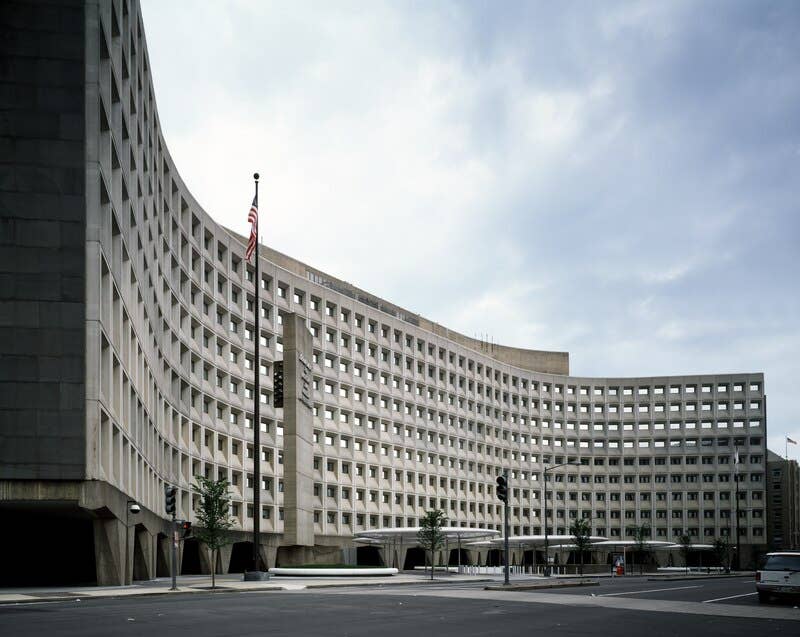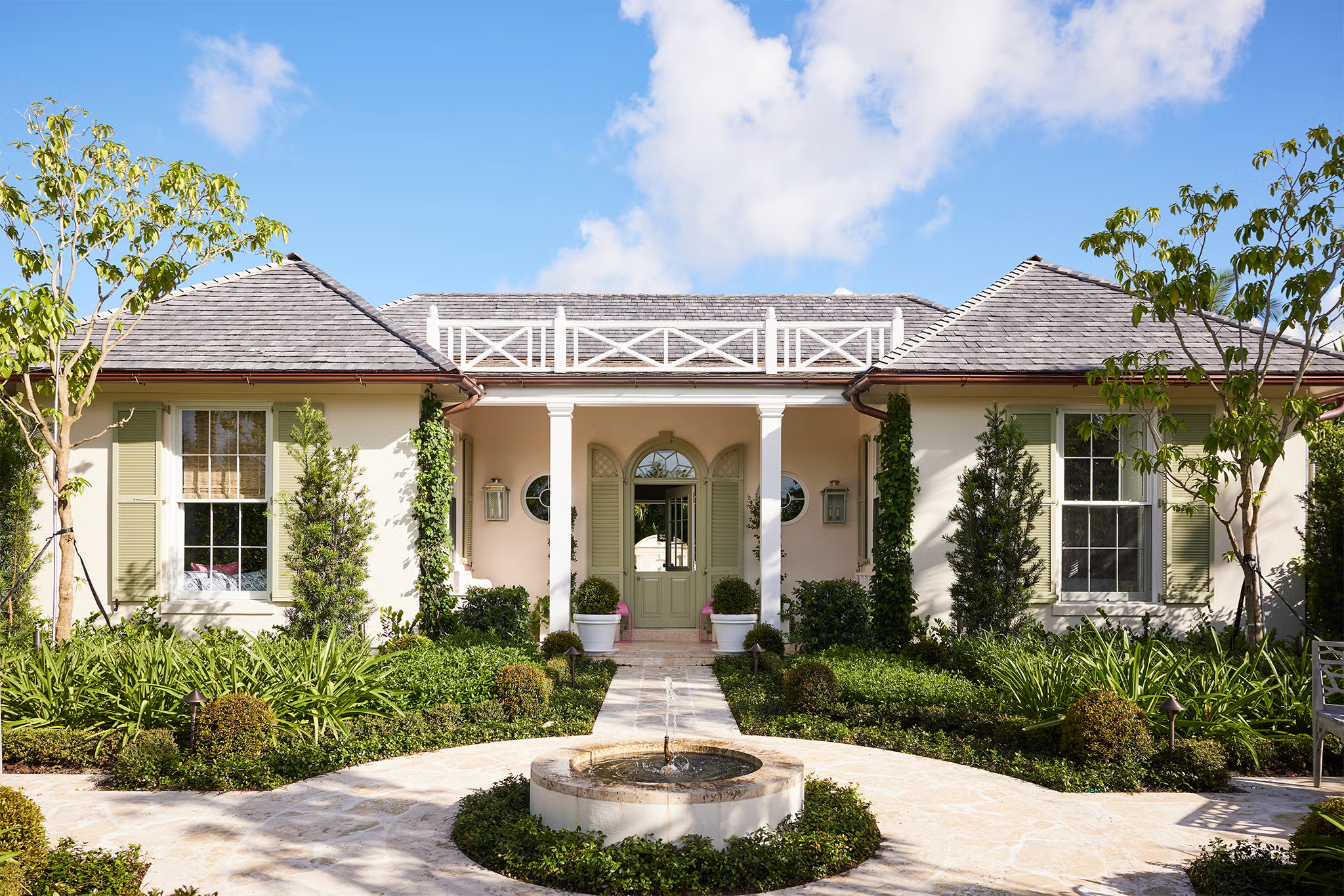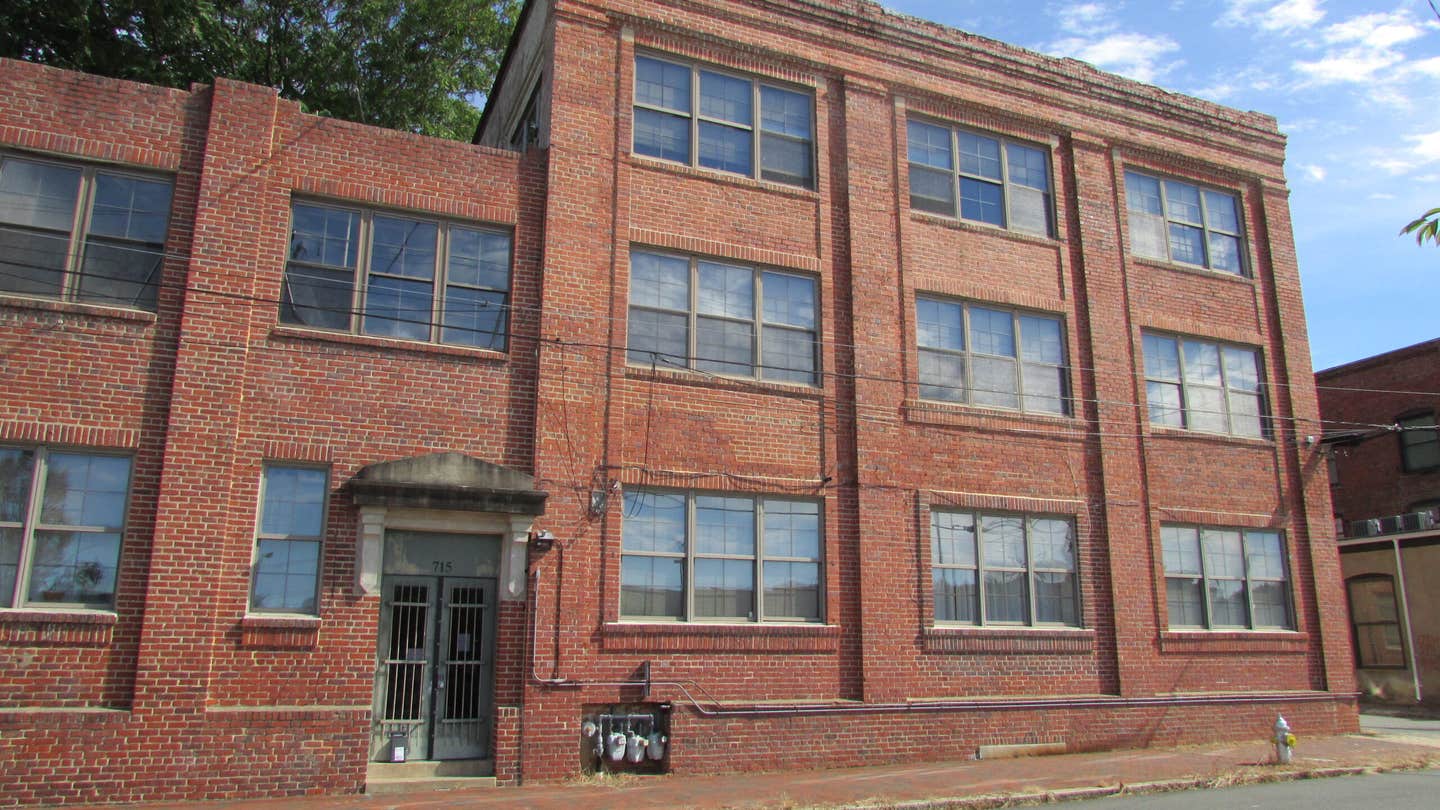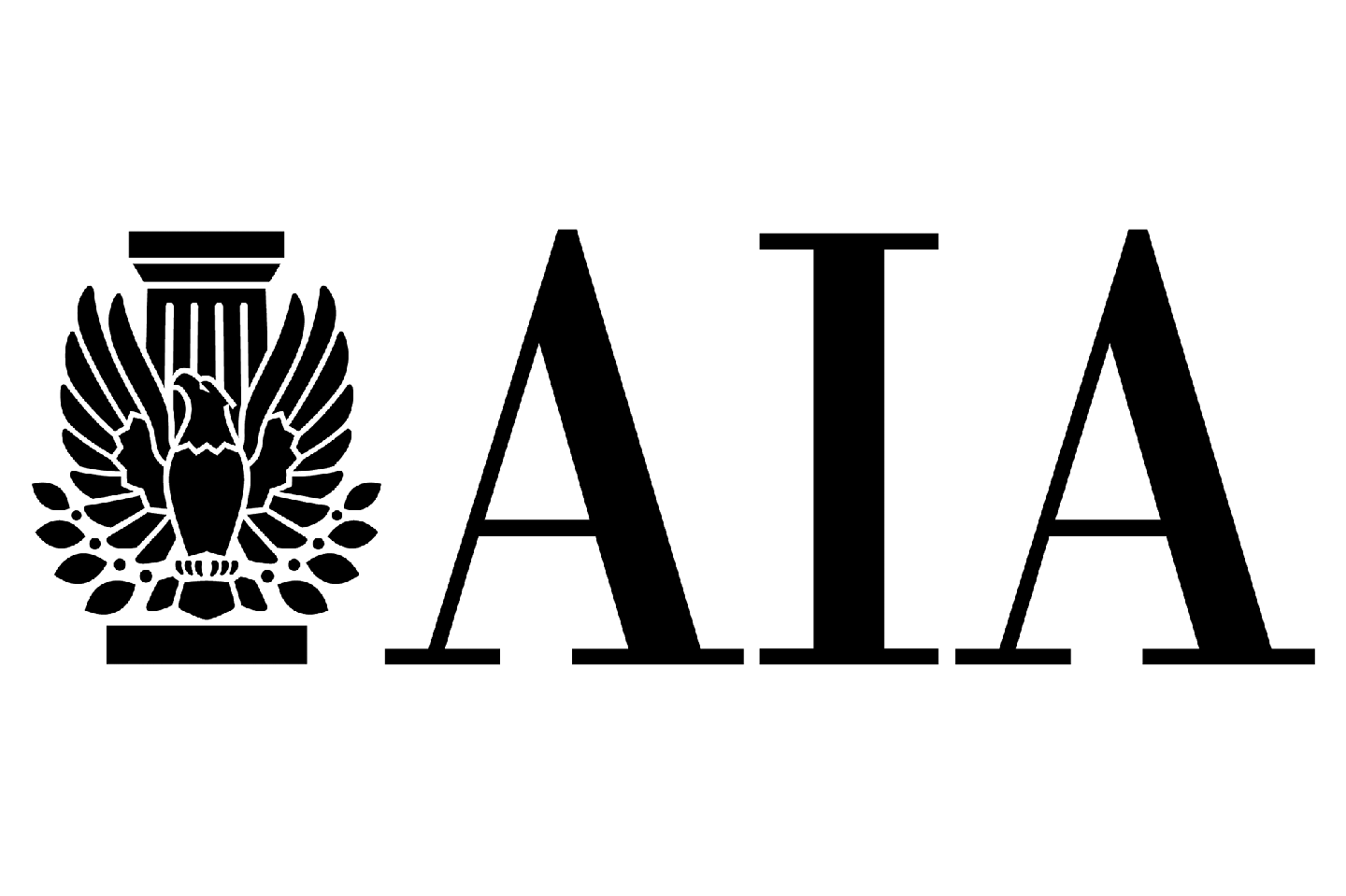
Peter Miller
The Future Vision of the American Institute of Architects
It’s election season. We want to know from the candidates, “what is your policy platform?” The politicians are often vague but the American Institute of Architects is not; their “Policy Platform 2020” is clear and comprehensive at www.aia.org.
The devil is in the details but there’s something angelic about the details in AIA’s position paper. It is not clear yet how we can execute on AIA’s goals for “Building a Healthy America,” but the priorities outlined are far-reaching and noble, a wish list. The AIA Policy Platform 2020 begins, “Architects have always dared to reach higher and set new standards. Our next architectural achievements will be measured by how well they respond to a post-pandemic world, eradicate inequality, fuel economic recovery, eliminate carbon emissions, and nurture individual and community health.”
The AIA has always maintained architecture’s ability to solve problems, be it public health, economic equality, or economic growth. The Policy Platform’s economic plank advocates tax incentives for small business; job creation; STEAM training to strengthen the talent pipeline; and tax incentives for affordable housing. The Policy Platform calls on the Departments of Labor and Education to strengthen the current Public Service Loan Forgiveness program to include more eligible forms of civil service in distressed areas, including architecture, engineering and urban planning, specifically the National Design Services Act.
Historic Preservation is an important part of AIA’s Policy Platform which recommends an increase from 20% to 30% for projects whose rehabilitation expenses do not exceed $2.5 million. This would encourage more investment in small cities. “Historic buildings represent our heritage, yet many are crumbling and in desperate need of rehabilitation. Research proves that these programs preserve our communities, create jobs, and generate wealth,” the AIA declares.
Historic tax credits are not the only tax incentives the AIA recommends. AIA is pushing a $3.00 per square foot tax deduction in the 179D Energy Efficient Commercial Buildings code, up from $1.80 per square foot and a doubling of the credits for the 25C Non-Business Energy Property Tax Credit from $1,200 to $2,400. There’s more, an increase to $2,500 for the 2021 and 2022 45L New Energy Efficient Home Credit. It sounds spendy until one connects the dots between tax incentives and job creation with the benefits of reducing our carbon footprint. This is the next section of AIA’s Policy Platform titled “Climate Action.”
“AIA is taking action to eliminate all building carbon emissions by 2040,” the Climate policy section begins. A year ago, the AIA lamented the U.S. withdrawal from the Paris Climate Accord saying that it was an “abdication of America’s leadership on climate action which undermines our nation’s credibility on the global stage.” Now, the AIA is reminding us that climate action is the whole world’s responsibility which requires more and better science and research; federal and international coordination; investment in renewable energy sources, and an increase in building upgrades to achieve energy efficiency. With a pandemic-induced downturn in commercial building use, it is unclear how much building owners will be able to spend on the energy retrofits the AIA recommends. This could be a wild card in the high stakes game of eliminating building carbon emission by 2040.
The AIA Policy Platform 2020 on Climate Action is comprehensive not conservative. Unlike early LEED Standards, AIA calls out existing buildings, including historic buildings as prime targets for energy retrofits, encouraging ‘carbon-smart’ materials, and incorporating building service life into the building code. The Policy Statement prioritizes:
- A whole-building like cycle assessment requirement and adoption of the 2030 Challenge for Embodied Carbon reduction targets for all federal buildings and buildings receiving federal funds.
- Continue and expand U.S. Forest Service leadership on mass timber construction and forest health.
- Create a zero-net carbon jobs task force to identify economic growth targets.
- Require manufacturers to be responsible for end-of-life of products (product takeback).
- Incorporate projected building service life into the building code.
- Create tax incentives for buildings meeting the 2030 Challenge for Embodied Carbon.
“Healthy Communities,” the final section of AIA’s 2020 Policy Platform, is as ambitious as the first section and even more altruistic. AIA quotes HUD’s 2019 Point-in-Time Report: “over 550,000 people were experiencing homelessness on any given night in 2018. Of those Americans, nearly 40% were African American, despite African Americans only accounting for 13% of the overall U.S. population.” Homelessness; affordability; public spaces and public transportation; toxic materials; water and air quality; school safety and resilience are all addressed in the AIA’s Healthy Communities Platform.
Most of AIA’s recommended solutions start with federal tax incentives and policy amendments. For example, the AIA calls out the importance of protecting the Housing for Elderly program (section 202, established under the Housing Act of 1959) and Supportive Housing for persons with disabilities (811 Program, established by the National Affordable Housing Act of 1990). The EPA’s role would expand to better advise homeowners about toxic building materials.
Equitable development, including infrastructure development and job creation would proceed faster with a reform of Opportunity Zone investment. No building-type is overlooked as the AIA Policy Platform advises “funding best practices for school design to promote healthy, safe environments and federal support for building more hospitals and clinics.”
If you are a progressive, the AIA Policy Platform is a pleasing melody, with all the right things-to-do articulated. If you are fiscally conservative, skeptical about the federal government’s ability to deliver on AIA’s policy initiatives, this platform will sound idealistic and expensive. The leaders who can harmonize AIA’s good ideas about economic growth, climate action, and healthy communities by building consensus and balancing our checkbook, will likely win on election day.
Peter H. Miller, Hon. AIA, is the publisher and President of TRADITIONAL BUILDING, PERIOD HOMES and the Traditional Building Conference Series, and podcast host for Building Tradition, Active Interest Media's business to business media platform. AIM also publishes OLD HOUSE JOURNAL; NEW OLD HOUSE; FINE HOMEBUILDING; ARTS and CRAFTS HOMES; TIMBER HOME LIVING; ARTISAN HOMES; FINE GARDENING and HORTICULTURE. The Home Group integrated media portfolio serves over 50 million architects, builders, craftspeople, interior designers, building owners, homeowners and home buyers.
Pete lives in a classic Sears house, a Craftsman-style Four Square built in 1924, which he has lovingly restored over a period of 30 years. Resting on a bluff near the Potomac River in Washington, D.C., just four miles from the White House, Pete’s home is part of the Palisades neighborhood, which used to be a summer retreat for the District’s over-heated denizens.
Before joining Active Interest Media (AIM), Pete co-founded Restore Media in 2000 which was sold to AIM in 2012. Before this, Pete spent 17 years at trade publishing giant Hanley Wood, where he helped launch the Remodeling Show, the first trade conference and exhibition aimed at the business needs and interests of professional remodeling contractors. He was also publisher of Hanley Wood’s Remodeling, Custom Home, and Kitchen and Bath Showroom magazines and was the creator of Remodeling’s Big 50 Conference (now called the Leadership Conference).
Pete participates actively with the American Institute of Architects’ Historic Resources Committee and also serves as President of the Washington Mid Atlantic Chapter of the Institute of Classical Architecture & Art. He is a long-time member of the National Trust for Historic Preservation and an enthusiastic advocate for urbanism, the revitalization of historic neighborhoods and the benefits of sustainability, including the adaptive reuse of historic buildings.




